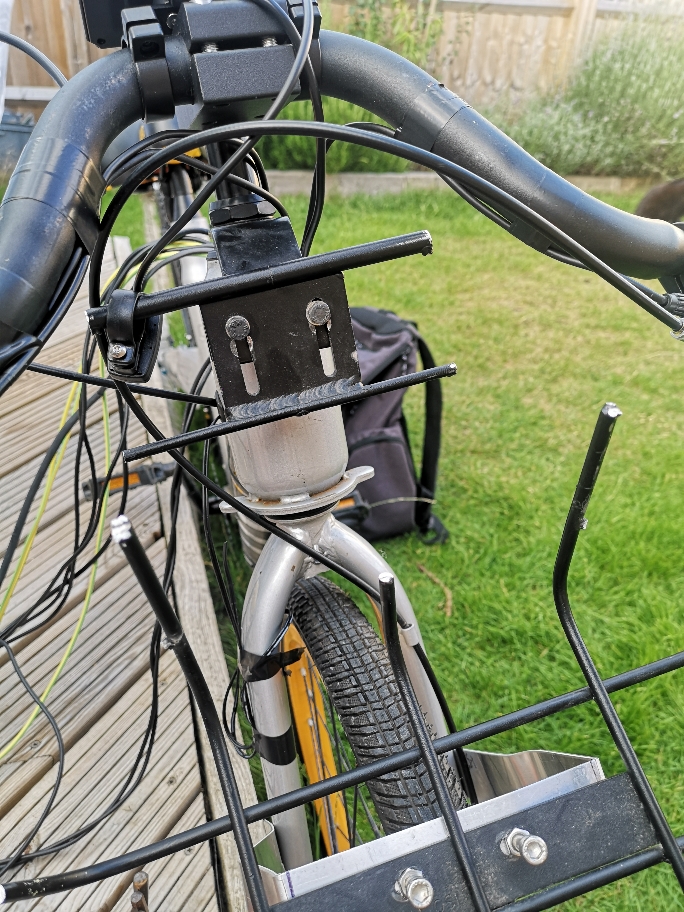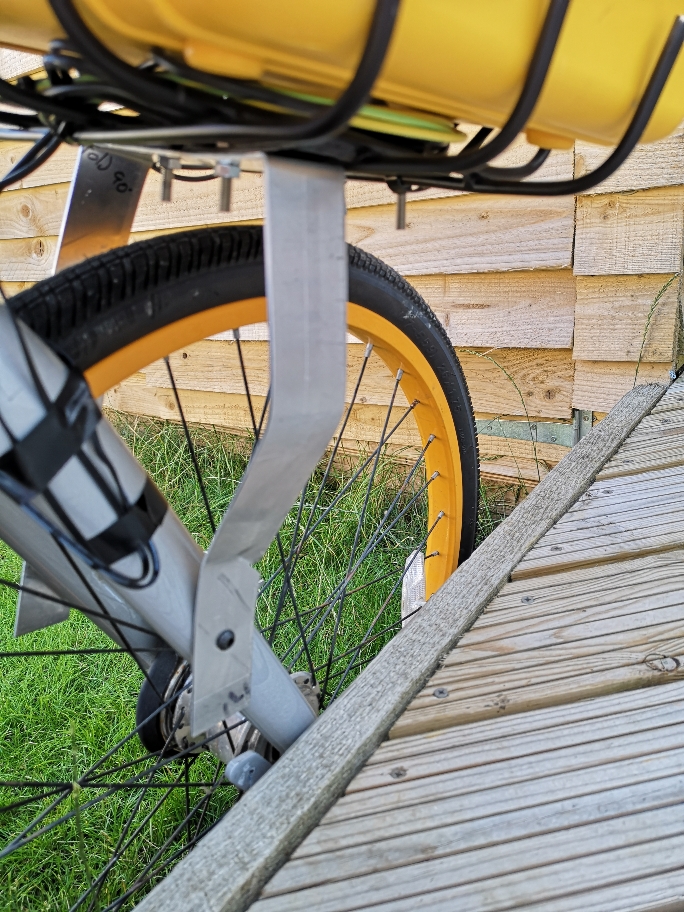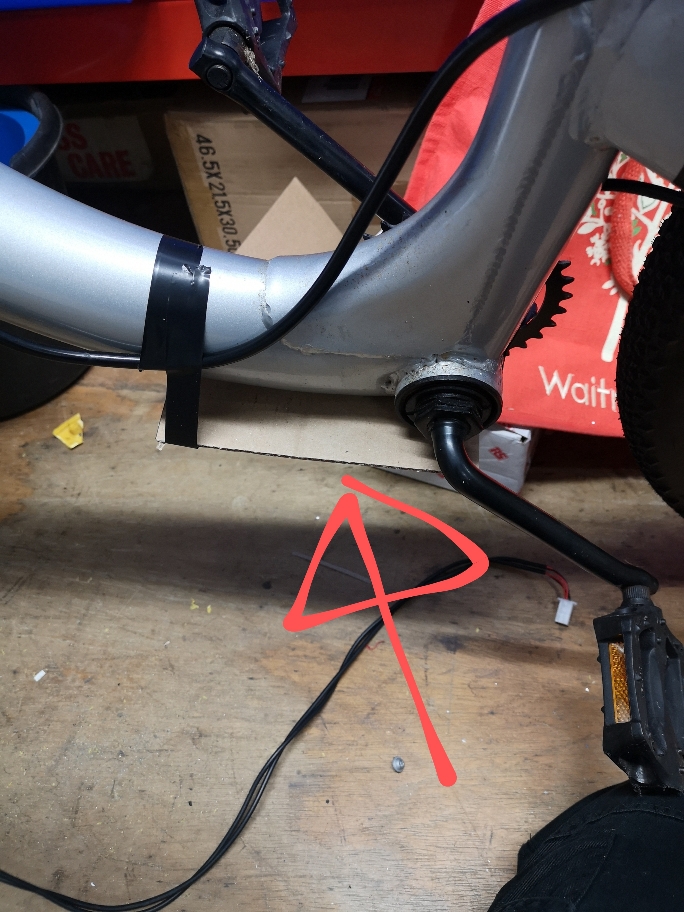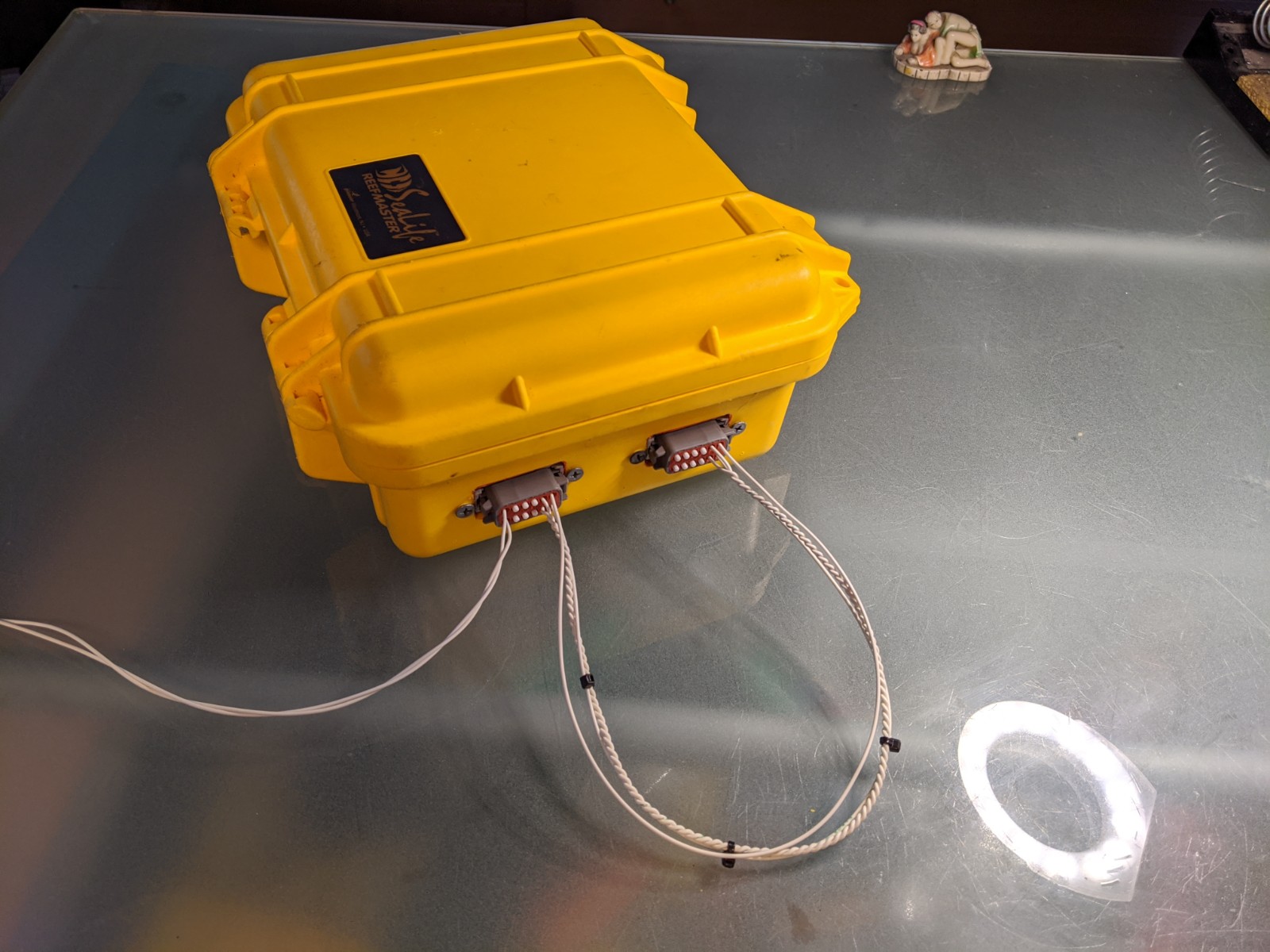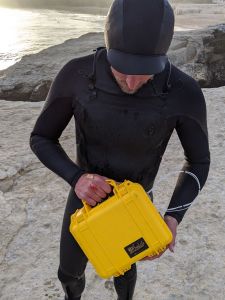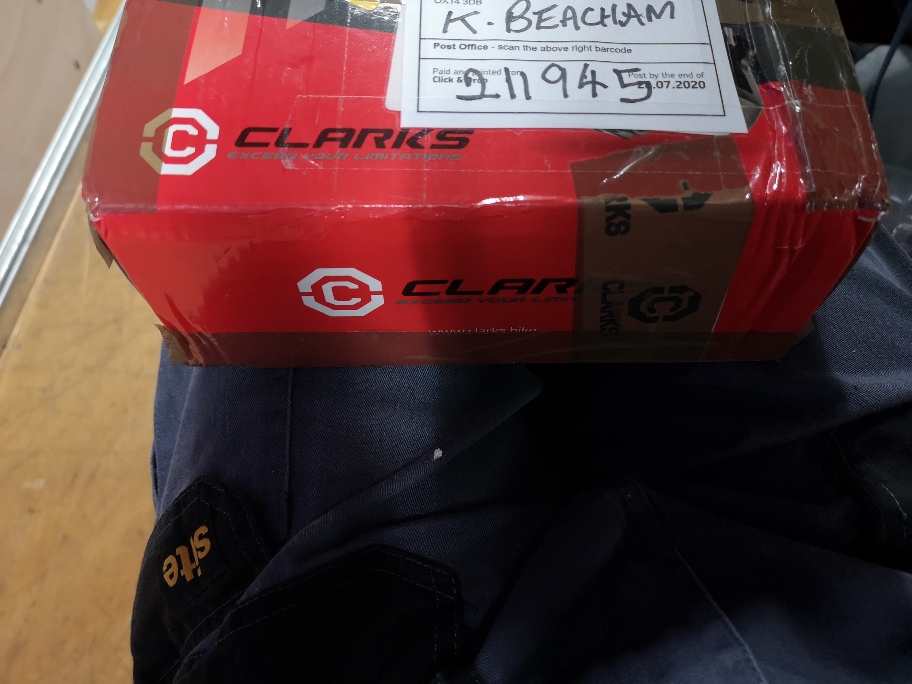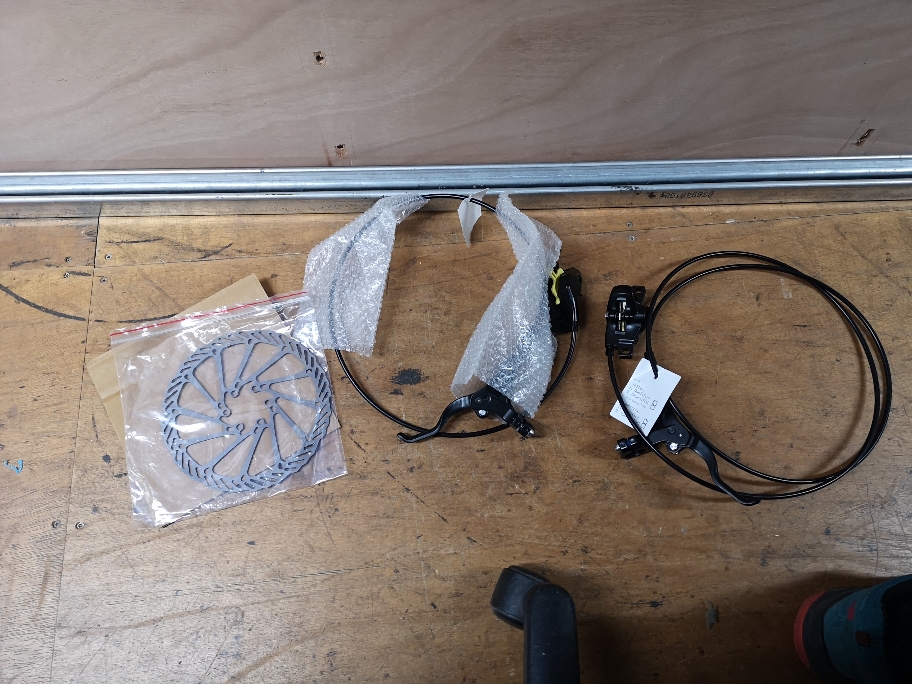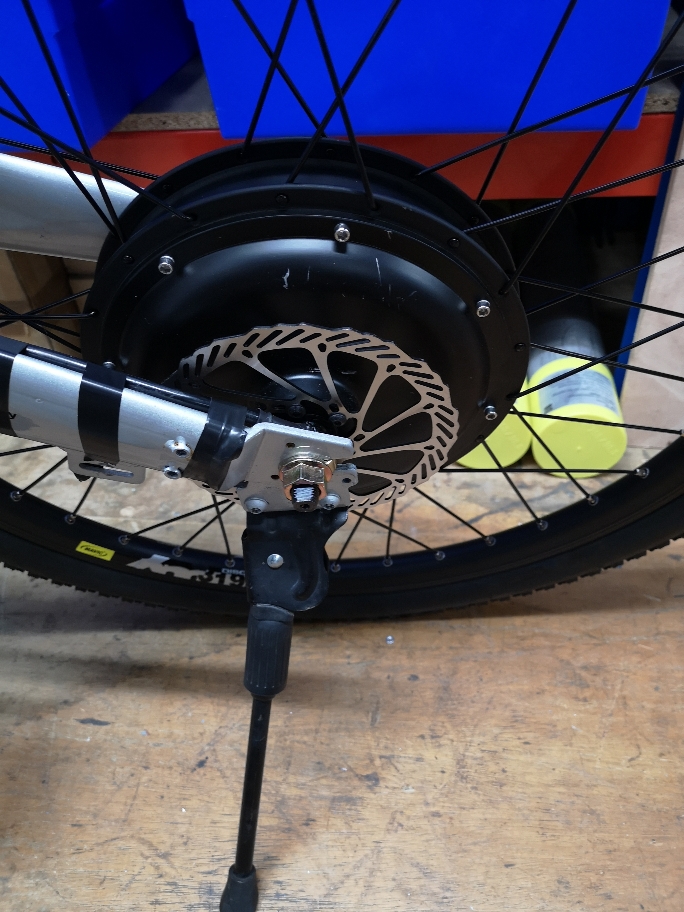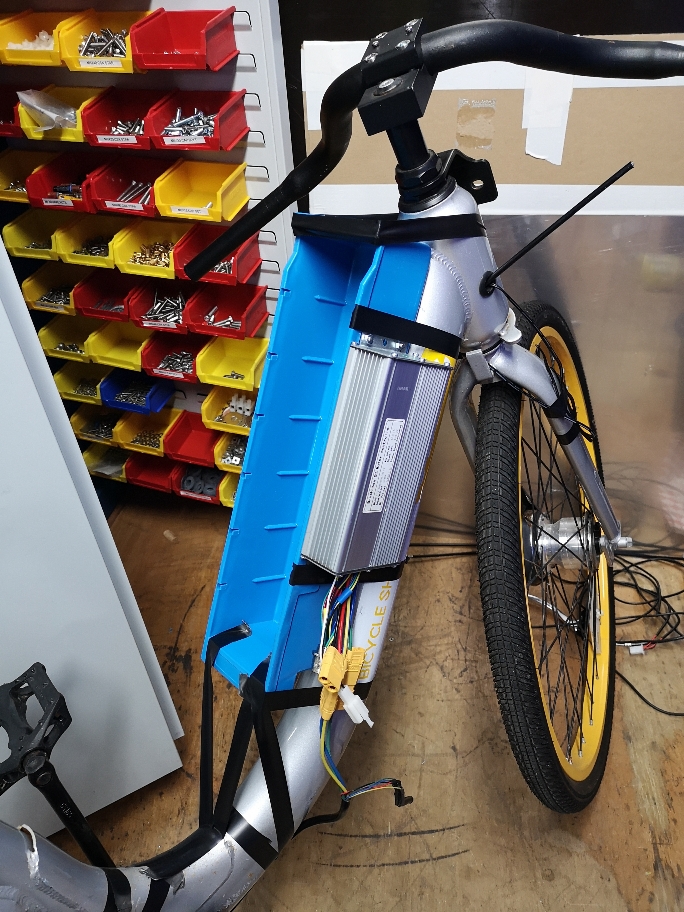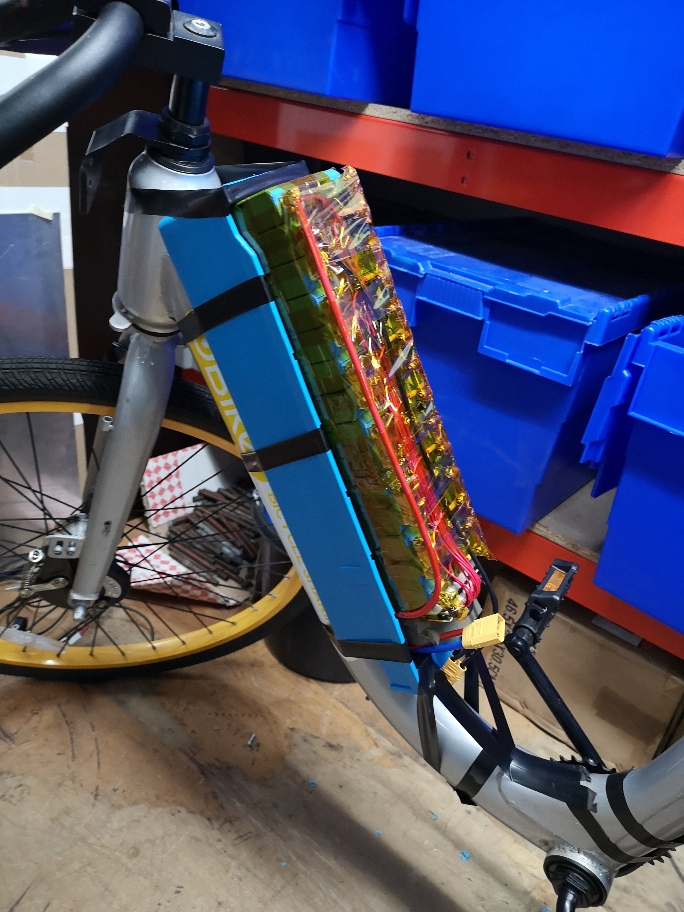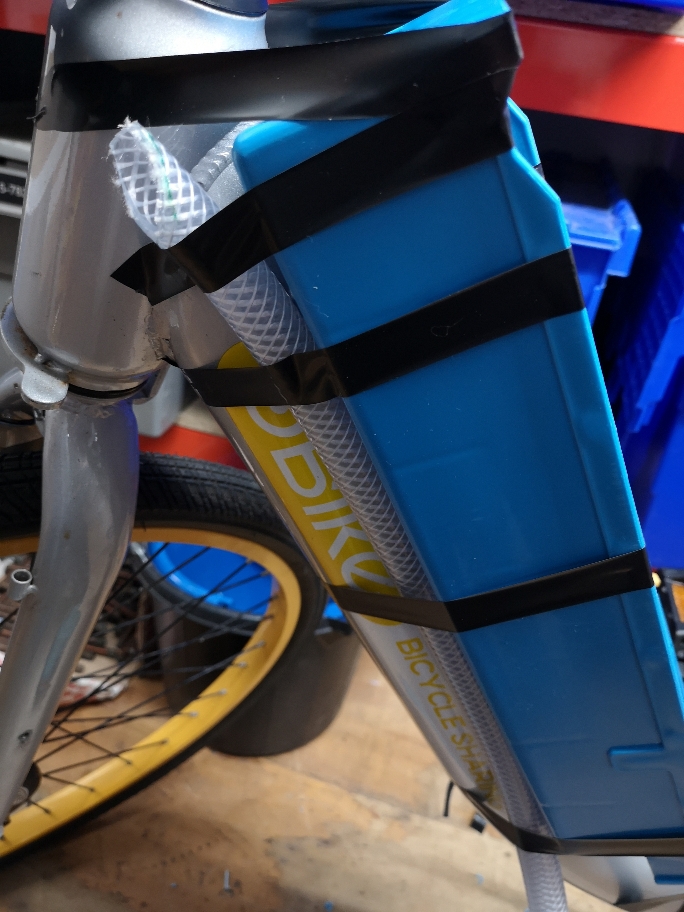goatman
10 MW
heat rises, if the heat sink is above the mosfet it will suck the heat out of the mosfet and transfer it to the case to be shed
right now the heatsink is below the mosfet, just give it a flip so the screws are up
right now the heatsink is below the mosfet, just give it a flip so the screws are up


